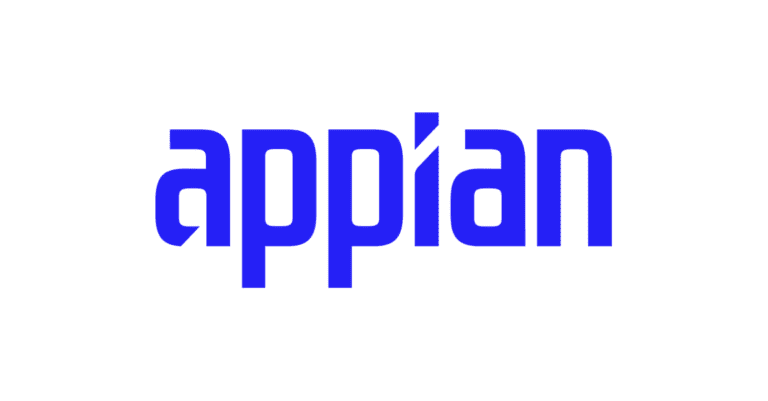Appian has announced the latest version of its Low-code Automation Platform. The company has made a number of improvements, including simplifying database integration.
The Low-code Automation Platform serves as a simple way to automate business processes. Users need little programming knowledge to work with the software. The interface is visually focused, meaning that users can drag and drop their software together with blocks and lines. The tool brings together data such as people, existing systems, bots and AI in a single workflow. Appian promises that by using the software, a project can be out the door within 8 weeks.
Low-code data
The most important innovation in Appian’s automation platform is low-code data. This makes integration easier and developers need fewer specific skills for working with databases. The tool makes it possible to visually combine and expand different data sources.
OCR
Appian has also extended its Intelligent Document Processing (IDP) with Optical Character Recognition (OCR). This allows developers to read texts from scanned documents without having to use third-party tools.
RPA
RPA is another feature that has been updated. The tool, which the company announced last year, already allowed developers to manage bots from Appian and third parties that are used for Robotic Process Automation. However, that tool has now been extended to include new Windows actions. With these, actions within the Windows operating system can be automated. New action libraries are also available for download in the Appian AppMarket.
Improved collaboration possibilities and DevSecOps
Furthermore, new collaboration possibilities for developers have been added and design support has been improved to optimise performance, security and testing. Finally, Appian talks about the addition of low-code DevSecOps, although the company doesn’t go into much detail about it.
The latest version of the Appian Low-code Automation Platform will be available from June 2021.
Tip: Appian continues to specialize in low-code automation and adds RPA
